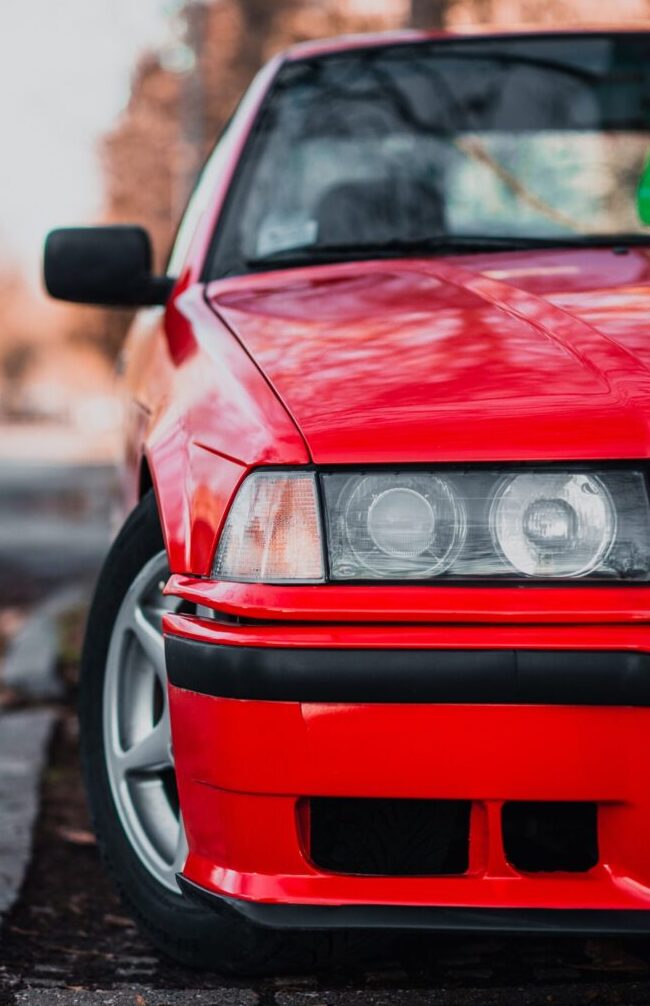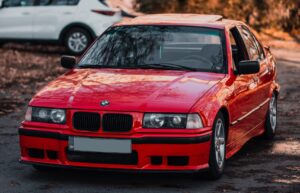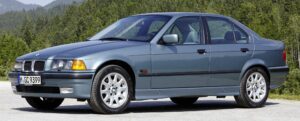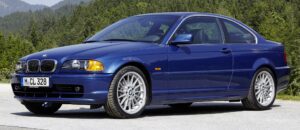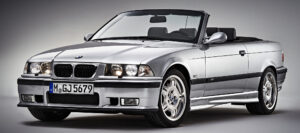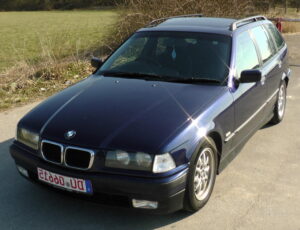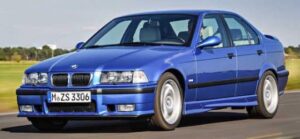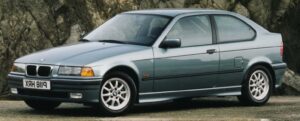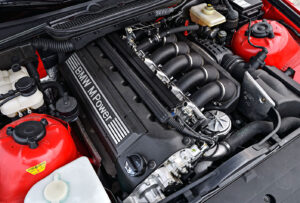BMW E36 buyers guide – What model to buy
History about BMW E36
BMW E36 buyers guide – What model to buy. The BMW E36 is the third generation of the BMW 3 Series, which is a line of compact executive cars produced by the German automaker BMW. The E36 was introduced in 1990 and replaced the E30 3 Series. It was in production until 1998 when it was succeeded by the E46 3 Series.
Here are some key points about the history of the BMW E36:
Introduction and Design:
- The E36 was introduced as a two-door coupe, four-door sedan, convertible, and a five-door hatchback called the “Touring.”
- It featured a more aerodynamic design compared to its predecessor, the E30.
Body Styles:
- The E36 was available in various body styles to cater to different preferences and market demands.
Engines:
- It offered a range of engines, including four-cylinder and six-cylinder options, with both petrol and diesel variants.
- The high-performance model of the E36 was the M3, which had a powerful inline-six engine.
Technological Advancements:
- The E36 introduced several technological advancements, including innovations in suspension design and improved aerodynamics.
- Some models featured advanced safety features and onboard computer systems.
Success in Motorsports:
- The E36 M3 achieved success in motorsports, including touring car racing. It helped solidify BMW’s reputation for producing high-performance vehicles.
Popularity and Legacy:
- The E36 became widely popular and is considered a classic among BMW enthusiasts.
- Its balance of performance, style, and handling contributed to its success in the market.
Evolution:
- Over the years of production, the E36 underwent various updates and facelifts, keeping it in line with evolving automotive trends.
End of Production:
- Production of the E36 officially ended in 1998, making way for its successor, the E46.
The BMW E36 is remembered as a versatile and well-rounded vehicle that played a significant role in the evolution of the 3 Series. It continues to have a strong presence in the automotive enthusiast community, with many well-maintained examples still on the road today.
Different models
The BMW E36 was offered in various models, each catering to different preferences and needs. Here’s an overview of some of the different models within the E36 lineup:
BMW 3 Series Sedan (E36):
- The sedan version was the standard four-door model, designed for practicality and comfort.
BMW 3 Series Coupe (E36):
- The coupe variant featured a two-door design, emphasizing a sportier and more dynamic appearance compared to the sedan.
BMW 3 Series Convertible (E36):
- The convertible model had a retractable roof, providing an open-top driving experience. It appealed to those who sought a combination of performance and open-air driving.
BMW 3 Series Touring (E36):
- The Touring model was a five-door station wagon, offering additional cargo space and practicality. It was designed for those who needed more versatility in terms of storage and transportation.
BMW M3 (E36):
- The M3 was the high-performance variant of the E36, known for its powerful engines and enhanced driving dynamics. It often featured aggressive styling cues, larger wheels, and other performance-oriented upgrades.
BMW 3 Series Compact (E36/5):
- The Compact was a hatchback version of the E36, providing a more compact and urban-friendly option. It was a three-door model designed for city driving.
Engines:
- Across these models, the E36 offered a variety of engines, including four-cylinder and six-cylinder options, both in petrol and diesel configurations.
Special Editions:
- BMW occasionally released special editions or packages for the E36 models, which might include unique features, trims, or performance enhancements.
These different models allowed BMW to appeal to a broad spectrum of consumers, from those seeking a practical and comfortable sedan to enthusiasts looking for high-performance driving experiences. The diversity in body styles and features contributed to the E36’s popularity during its production years and its continued appeal among car enthusiasts today.
Which models to look for
When considering BMW E36 models, the specific model to look for depends on your preferences and intended use. Here are some recommendations based on different criteria:
- BMW 328i: If you’re looking for a well-balanced option with a good blend of performance and practicality, the BMW 328i is a solid choice. It comes with a six-cylinder engine, providing a good balance of power and fuel efficiency.
- BMW M3 (E36): For enthusiasts seeking high-performance and a more spirited driving experience, the BMW M3 (E36) is an iconic choice. It features a more powerful engine, upgraded suspension, and distinctive styling. The M3 is particularly appealing to those who prioritize performance.
- BMW 318i: If fuel efficiency and lower maintenance costs are priorities, the BMW 318i might be a suitable option. It comes with a four-cylinder engine and is generally more economical in terms of fuel consumption and maintenance.
- BMW 325i Convertible: For those who enjoy open-top driving, the BMW 325i Convertible offers a stylish and enjoyable experience. Keep in mind that convertibles may have different maintenance considerations, particularly regarding the convertible top.
- BMW 328is Coupe: The coupe version of the 328i, known as the 328is, provides a sportier design and can be an excellent choice for those who prioritize style and a more dynamic driving feel.
When looking for any E36 model, it’s crucial to consider factors such as maintenance history, overall condition, and whether the specific features meet your requirements. Additionally, models with well-documented service records and limited modifications may be preferable.
Always perform a thorough inspection, consider the vehicle’s history, and if possible, have a trusted mechanic assess the car’s condition before making a purchase decision. Each model within the E36 lineup has its unique characteristics, so the best choice depends on your individual preferences and priorities.
Are you already a proud owner of a BMW E36? If so, check out our selection of parts for this car at the following link:
https://octoclassic.com/pl/kategoria-produktu/bmw-pl/e36-pl
Photos sources: autoevolution.com, photo-voiture.motorlegend.com, bimmertips.com, betweentheaxles.net, whichcar.com.au







